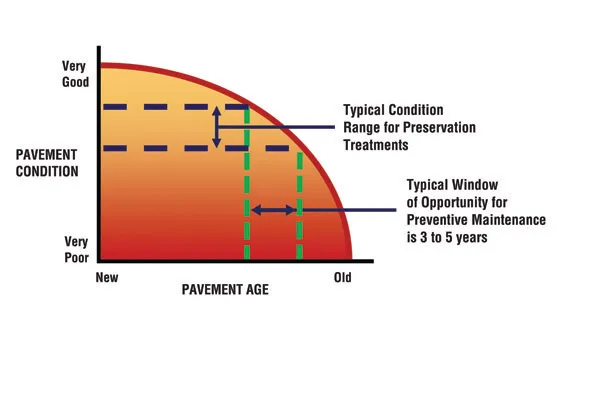4137 KPMG, LLP is to advise Ohio on how best to use funds from the Ohio Turnpike to offset shrinking funds to maintain and expand the state’s highways. This contract was awarded jointly by the Ohio Office of Budget and Management (OBM) and Ohio Department of Transportation (ODOT). “Our highway system is the lifeline for Ohio’s manufacturing and agricultural jobs,” said ODOT director Jerry Wray. “But the cost of repairing and expanding Ohio’s highways is outpacing funding, while the availability of federal highway funds is increasingly unpredictable. Without new funds, highway projects we thought would start in the next few years could be pushed off for two decades. Ohio can’t let that happen. We must be innovative about meeting our highway needs. The Turnpike is a hugely valuable untapped asset, and while it’s the property of Ohio and would never be sold, there are different ways that it could be leveraged to generate needed funds, so our highways can keep supporting job creation and economic growth,” Wray said. KPMG was selected from a list of 14 original applicants and five short-listed applicants. Now that a team has been selected, OBM and ODOT will enter into final negotiations with KPMG and anticipate having a contract finalised by the end of the year. KPMG will help Ohio consider all aspects of the Turnpike to analyse various options, determine which course of action is in the best interest of the state and make recommendations on how to proceed. “Selection of an advisory team is the first step in our process to develop and evaluate options to make the best economic use of the Ohio Turnpike as a state asset,” said OBM director Tim Keen. “Because this is a very complex issue, we’re turning to a team of experienced professionals to help us make the best decision and to proceed with the option that’s most appropriate for Ohio’s transportation system and our economy as a whole,” Keen said.








